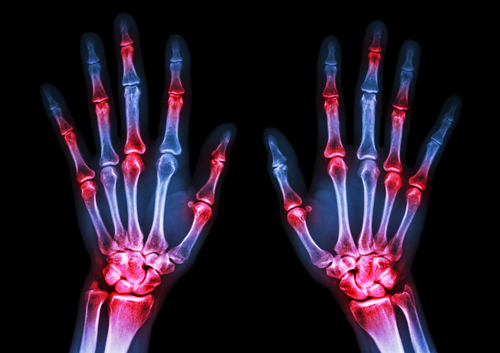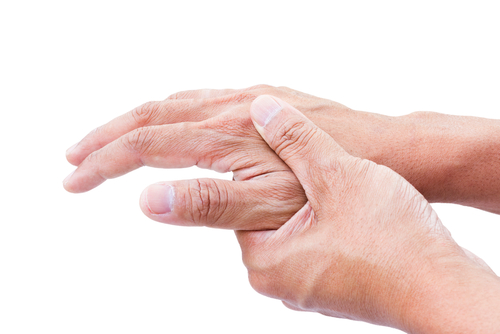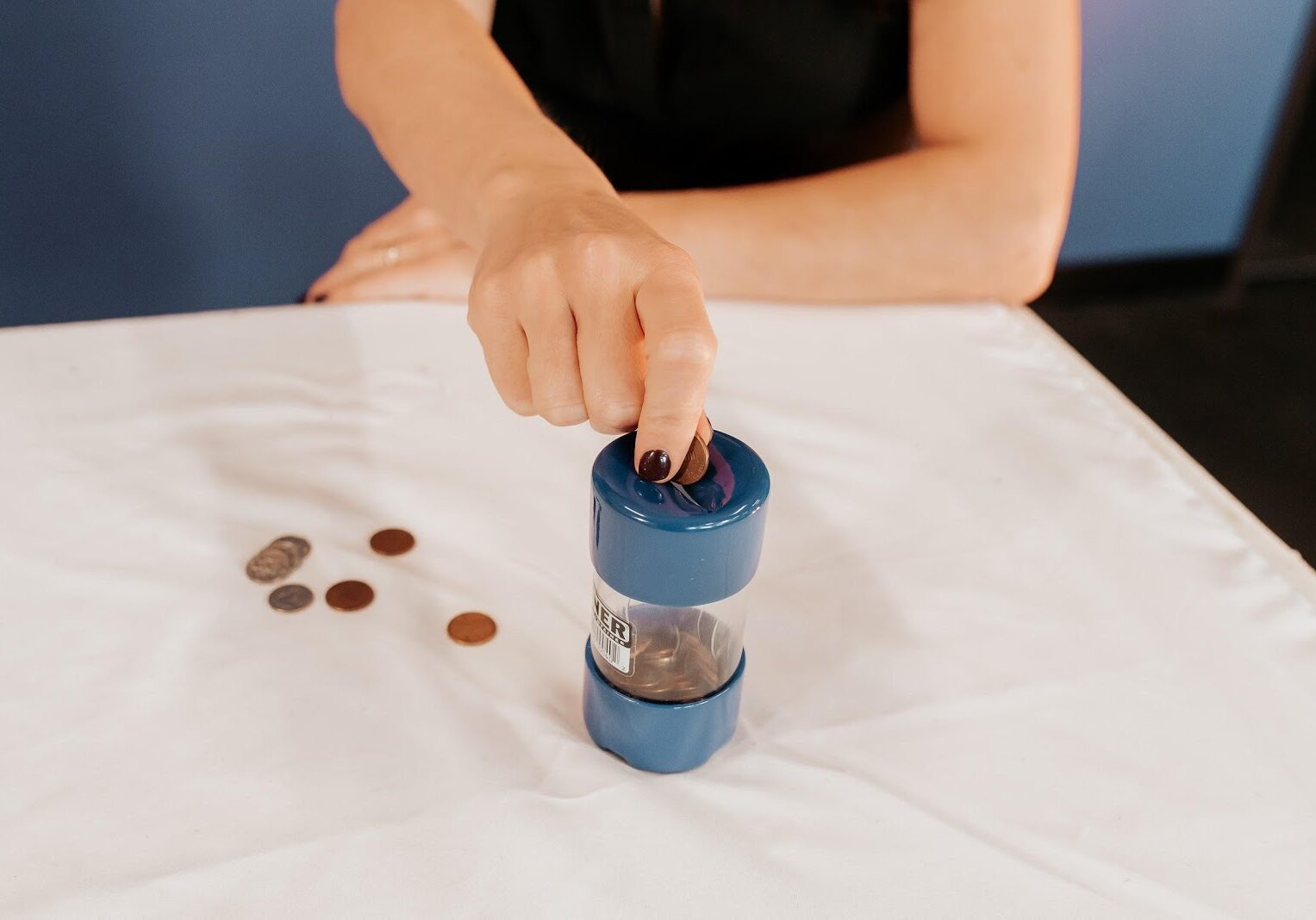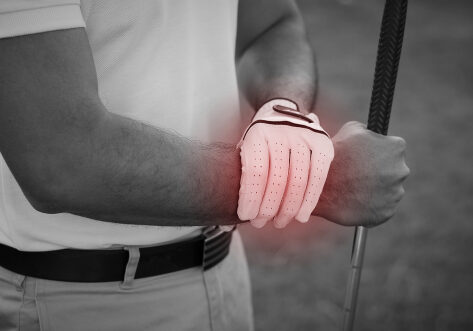Conservative Therapy for OA in the Fingers: A Literature Review
Filed under Treatments

Beasley, J., Ward, L., Knipper-Fisher, K., Hughes, K., Lunsford, D., & Leiras, C. (2018). Conservative therapeutic interventions for osteoarthritic finger joints: A systematic review. Journal of Hand Therapy, 32. 153-164.
The Skinny – The article reviews the evidence on the effectiveness of conservative treatment for those who experience osteoarthritis in fingers and in their finger joints (osteoarthritis treatment hands).
In the Weeds– Eighteen studies met the inclusion criteria. Interventions reported in the literature review included active range of motion, gentle resistive exercises, joint protection strategies, electromagnetic therapy, paraffin wax, balneotherapy, as well as DIP orthoses.
The results from the review yielded that there is high quality evidence supporting the use of electromagnetic therapy combined with hand exercises to decrease pain and increase overall function. There is moderate to high evidence for the use and wear of a DIP orthosis to decrease pain in the finger joint. Finally, it was reported that there was moderate evidence to support resistive exercises to improve overall grip strength and decrease pain for individual experiencing osteoarthritis in their hands.
Bringing it home – The authors concluded there are a variety of conservative treatments that may be utilized for those experiencing pain and stiffness from hand osteoarthritis (oa hand). Interventions supported are electromagnetic therapy with thera-ex, use of a dip orthosis for painful joints and gentle resistive hand exercises. All should be performed within a pain free range.
Overall, the article is well written and easy to follow. It was difficult to analyze studies due to lack of homogeneity among the studies. The article provides evidence as to what conservative intervention are supported in the literature as well as insight into additional options for therapists.

More To Read
How to Improve HEP Adherence for Optimal Rehabilitation Outcomes
By Sophia Grimm A lack of adherence to home exercise programs in rehabilitation is a significant problem, with nonadherence estimates as high as 30-65% for general musculoskeletal conditions. This could have potentially detrimental effects on patients’ clinical rehabilitation outcomes as the success of certain medical interventions depends largely on patient adherence to advice and prescribed rehabilitation…
Read MoreHow to Use Translation for Improving Fine Motor Skills after a Hand Injury:
I’m always looking for new therapy ideas. I want to keep my patients interested and engaged in therapy. I also want to keep things functional and task oriented. So much of what we do with our hands is about fine motor coordination and dexterity, and that is so hard to duplicate in a clinic setting.…
Read MoreWhich is better for DeQuervain’s: Splinting or Injection?
Rapid Review Cavaleri, R., Schabrun, S. M., Te, M., & Chipchase, L. S. (2016). Hand therapy versus corticosteroid injections in de Quervain’s disease treatment: A systematic review and meta-analysis. Journal of hand therapy: official journal of the American Society of Hand Therapists, 29(1), 3–11. https://doi.org/10.1016/j.jht.2015.10.004 The Skinny: DeQuervain’s Tenosynovitis is a stenosing tenosynovial inflammation affecting the…
Read MoreSign-up to Get Updates Straight to Your Inbox!
Sign up with us and we will send you regular blog posts on everything hand therapy, notices every time we upload new videos and tutorials, along with handout, protocols, and other useful information.





